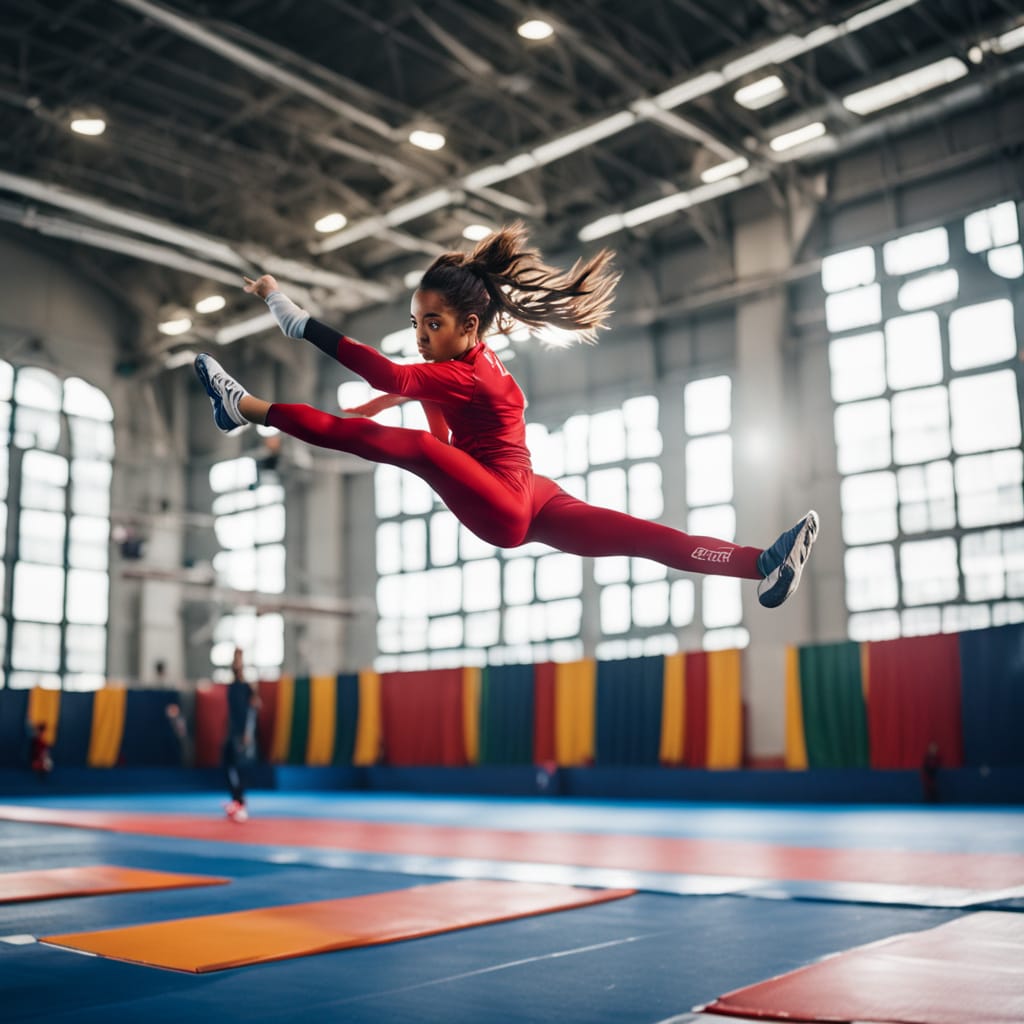
The Evolution, Popularity, and Impact of Gymnastics Worldwide
Gymnastics is one of the most elegant and demanding sports in the world. It combines strength, agility, flexibility, and grace. Throughout history, it has evolved into a popular competitive sport. It captivates audiences with its breathtaking routines and high levels of athleticism. With deep roots in ancient cultures and a strong global presence today, it continues to inspire generations.
Origins and History of Gymnastics
The roots date back over 2,000 years. Ancient Greece introduced the sport as a training method for military combat. Exercises included running, jumping, and tumbling. The word “Gymnastics” derives from the Greek word “gymnazein,” meaning “to exercise naked.”
Later, the Romans adopted similar training methods. However, they modified the routines to prepare soldiers for battle. After the fall of Rome, Gymnastics faded in popularity across Europe.
During the 18th century, German educator Johann Friedrich GutsMuths revitalized the sport. He developed structured exercises for youth development. Friedrich Ludwig Jahn, another German, is known as the “father of modern Gymnastics.” He created many apparatuses still used today, such as the pommel horse and parallel bars.
The sport continued evolving across Europe. Sweden introduced a more medical and therapeutic approach. In the 19th century, it gained popularity in educational institutions.
The first international competition occurred in 1881. The Fédération Internationale de Gymnastique (FIG) was established soon after. It made its Olympic debut in 1896 for men and in 1928 for women.
Global Popularity of Gymnastics
Today, Gymnastics enjoys global recognition. It is a staple in the Summer Olympic Games. Countries from every continent participate in international competitions. Nations such as the United States, China, Russia, and Japan dominate the sport.
In Asia, China and Japan have produced Olympic champions. In Europe, Russia and Romania hold prestigious reputations. The United States consistently ranks high in both men’s and women’s events.
Australia and Canada also contribute notable athletes. South American countries, especially Brazil, are gaining attention through rising stars.
Africa has seen growing interest in Gymnastics. Countries like Egypt and South Africa are developing strong national programs. The sport’s accessibility in schools has fueled this growth.
Television broadcasts and online streaming have widened the audience. Social media platforms showcase athletes’ skills, inspiring young viewers worldwide.
Amateur Gymnastics: Youth and Schools
Youth participation in Gymnastics starts early. Children as young as three can join introductory classes. These classes develop coordination, balance, and confidence.
Schools often incorporate it into physical education. Students learn basic movements like rolls, handstands, and cartwheels. This early exposure helps identify talent.
Many countries support community-based programs. Local clubs offer training for children and teens. These clubs feed into regional and national competitions.
In the United States, the USA Gymnastics Junior Olympic Program guides amateur athletes. In the UK, British Gymnastics offers a structured pathway for youth. Australia promotes it through its Gymnastics Australia Schools Program.
Competitions provide motivation and experience. Young athletes compete at club, regional, and national levels. Success at these levels often leads to elite training opportunities.
Scholarships and collegiate programs attract many aspiring gymnasts. In the U.S., NCAA gymnastics teams compete with high visibility. This serves as a springboard to professional and Olympic competition.
Professional Leagues and Organizations
Professional Gymnastics is governed by the Fédération Internationale de Gymnastique (FIG). FIG hosts World Championships, World Cups, and other elite events.
In the U.S., the Winter Cup, American Cup, and U.S. Championships are major events. Elite gymnasts earn spots on the national team based on performances.
Japan holds its All-Japan Artistic Gymnastics Championships. China organizes the National Gymnastics Championships. Russia, Romania, and other countries also host prominent national tournaments.
Germany’s Bundesliga features a team-based league format. This attracts top talent from around the world. France and the UK maintain professional leagues that elevate the sport.
Gymnastics leagues are evolving. In 2020, the U.S. introduced the Athletes Unlimited league. It provides a unique, athlete-driven format. This innovation increases visibility and income opportunities for gymnasts.
Sponsorships, endorsements, and brand deals support elite athletes. Companies align with gymnasts to promote athletic wear, nutrition, and lifestyle products.
Political and Social Significance of Gymnastics
It often serves as a symbol of national pride. Olympic victories bring prestige to countries and boost morale.
The Cold War era highlighted this dynamic. Soviet and American gymnasts competed fiercely on the world stage. These events were about more than medals; they symbolized ideological superiority.
In recent decades, Gymnastics has addressed critical social issues. The #MeToo movement exposed abuse within the sport. High-profile cases led to reform and increased athlete protections.
Advocacy for athlete safety continues to shape policies. Organizations now emphasize transparency, accountability, and mental health.
It also promotes gender equality. Women’s events often draw more attention than men’s. Iconic female gymnasts become role models for girls worldwide.
Socially, the sport fosters discipline, perseverance, and teamwork. These values benefit athletes throughout life. Communities view Gymnastics as a tool for youth development.
Global initiatives aim to make the sport more inclusive. Programs in underserved areas introduce Gymnastics to new audiences. This broadens participation and diversifies talent pools.
Rules of Gymnastics
It comprises several disciplines. The most popular include Artistic, Rhythmic, and Trampoline Gymnastics.
Artistic Gymnastics features six events for men: floor, pommel horse, rings, vault, parallel bars, and high bar. Women compete in four events: vault, uneven bars, balance beam, and floor.
Judging involves difficulty and execution scores. Athletes receive a start value based on skill complexity. Deductions occur for form breaks, falls, and incomplete elements.
Rhythmic Gymnastics is performed only by women. It combines dance, apparatus manipulation, and flexibility. Athletes use ribbon, hoop, ball, clubs, or rope.
Scoring emphasizes artistry and technical skill. Judges assess musical interpretation, precision, and risk level.
Trampoline Gymnastics includes individual and synchronized events. Athletes perform routines with flips and twists. Height, control, and execution determine scores.
Each routine lasts about 60 seconds. Precision and difficulty are crucial for high scores.
In all disciplines, athletes wear uniforms that meet strict regulations. Jewelry and accessories are limited. Safety equipment, such as mats and grips, is essential.
Scoring systems undergo regular updates. FIG adjusts rules to maintain fairness and encourage innovation. Coaches and athletes must stay informed on changes.
Conclusion
Gymnastics is more than just a sport; it is a global phenomenon. It connects ancient history with modern competition. From youth programs to professional leagues, it touches lives worldwide.
Its impact extends beyond athletic achievement. The sport shapes character, promotes health, and fosters unity. As Gymnastics continues to evolve, its cultural and social relevance will only grow.
Whether performed in a local gym or on the Olympic stage, Gymnastics captivates hearts and challenges limits. It remains a testament to human potential and artistic expression.





